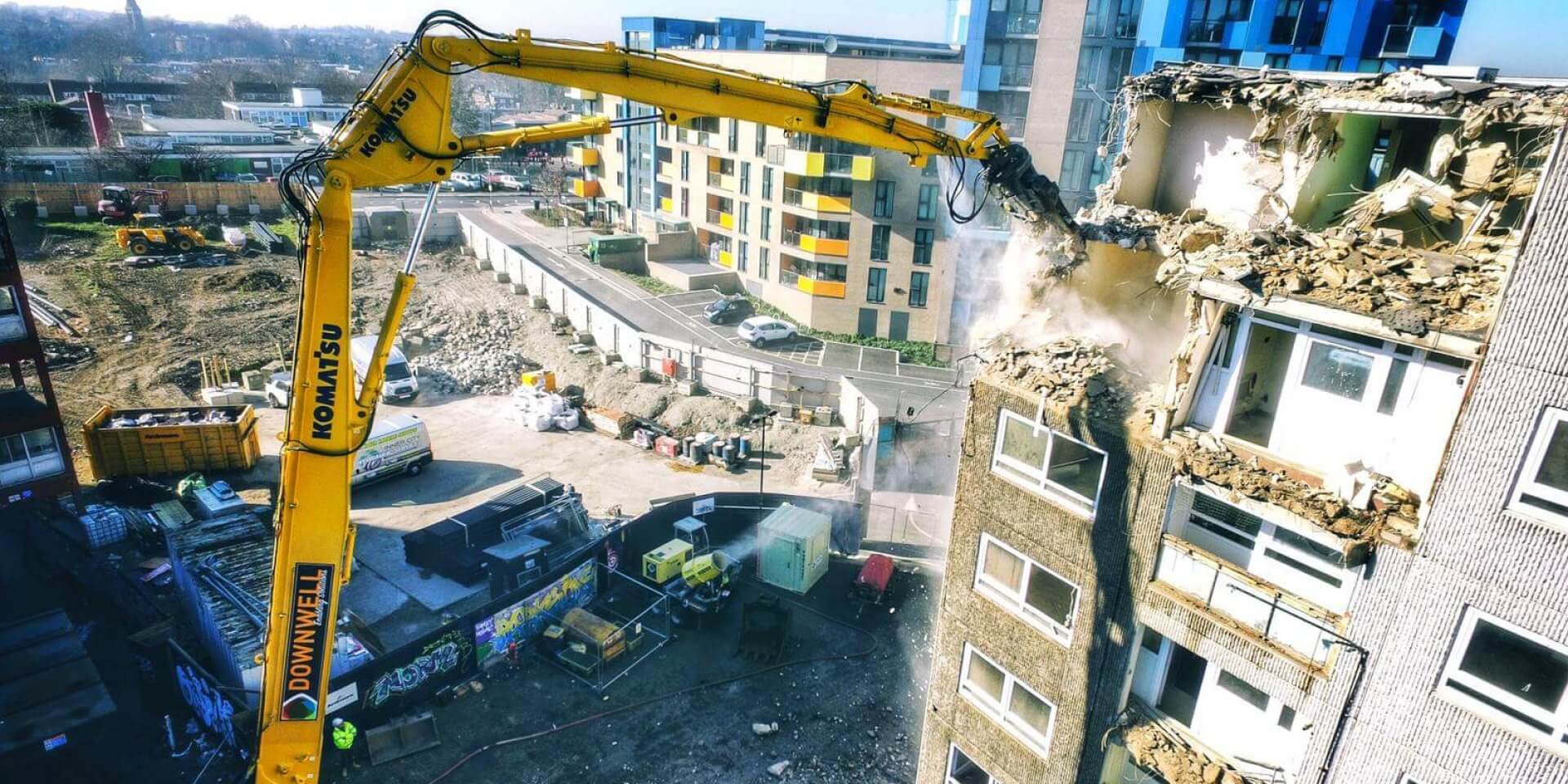Villagers clash with Chinese demolition crews.
An ongoing dispute between land developers and villagers in Tianhe District in of China’s Guangzhou City led to violence this week. Villagers are refusing to accept compensation and let their homes be demolished.
According to reports, the Xichun Village Committee of Tianhe District in Guangzhou City sent a large earthmoving machine into Lanqing Road. The excavator blocked the road and attempted to demolish residential housing by force. To stop the demolition, villagers clashed with workers, eventually leading to bloodshed.
A series of exclusive amateur videos of the clashes can be found here.





 If you’re a property owner and someone approaches you saying they’d like to use your premises for a new Michael Caine movie, it might be best to decline unless you want to be the proud owner of a pile of rubble.
If you’re a property owner and someone approaches you saying they’d like to use your premises for a new Michael Caine movie, it might be best to decline unless you want to be the proud owner of a pile of rubble.  Guiding a high reach excavator through busy city streets is no mean feat, so it is always nice to know that you can count on the boys in blue for assistance whenever you need it….well, usually.
Guiding a high reach excavator through busy city streets is no mean feat, so it is always nice to know that you can count on the boys in blue for assistance whenever you need it….well, usually. Russian activists have protested plans to demolish one of Moscow’s oldest railway depots, RFE/RL’s Russian Service reports.
Russian activists have protested plans to demolish one of Moscow’s oldest railway depots, RFE/RL’s Russian Service reports. Campaigners hoping to save Liverpool’s Welsh Streets and
Campaigners hoping to save Liverpool’s Welsh Streets and 